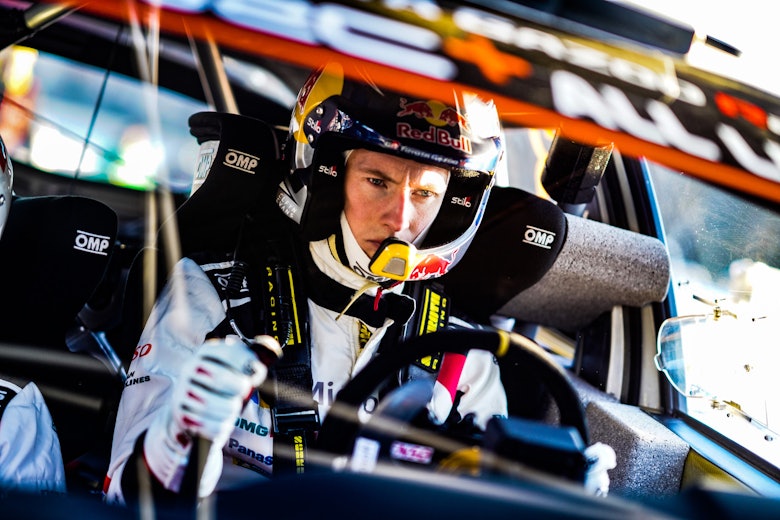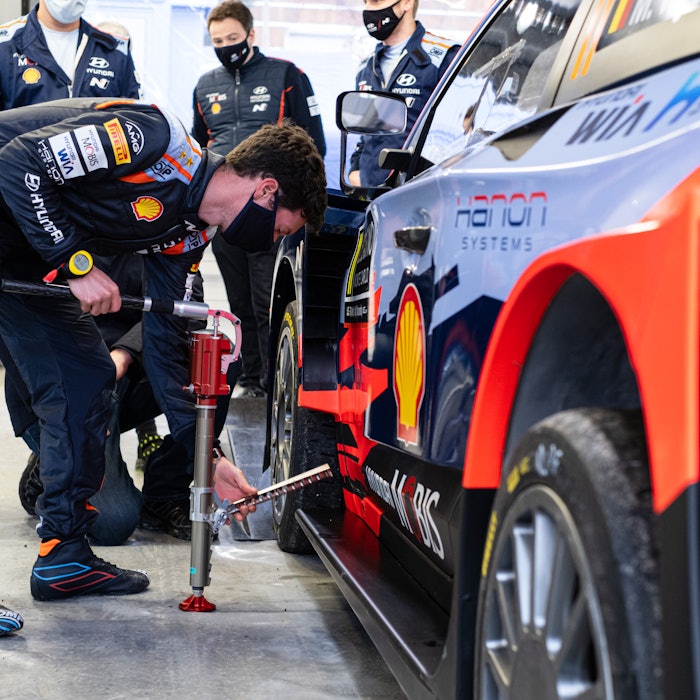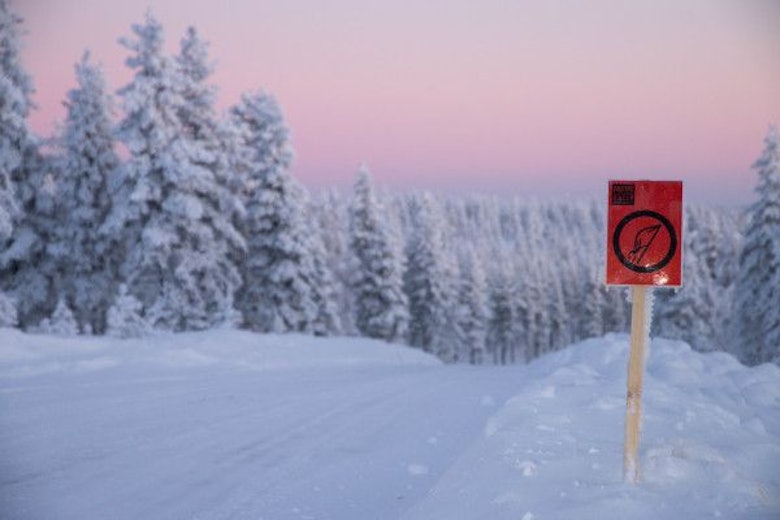For all the leaps in development made by Hyundai, Toyota and M-Sport with their World Rally Car machines, a factor no team can control is one that can make the biggest difference.
Tires.
Of course, the ultimate effect of these is equalized, with each team contracted to Pirelli as the World Rally Championship’s control tire supplier, but that doesn’t stop the black, circular rubber bits of the World Rally Cars often being center of attention – whether that be due to compound choice, the number of spare wheels carried, or simply the understanding a team or driver has for the tire’s behavior.
This week’s Arctic Rally Finland is Pirelli’s second event back in the top tier since replacing Michelin, which provided the WRC service park with tires from 2011-2020. It was difficult to decipher too much from the Pirelli tires on the season-opening Monte Carlo Rally given the unique conditions of the event, but the more consistent nature of Arctic should give a clearer picture.
Toyota’s Elfyn Evans was busy furthering his education of the tires throughout the team’s pre-event test in Rovaniemi, admitting to DirtFish “so far the feeling is quite good” with Pirelli’s Sottozero studded tire, “but to be honest these conditions here are quite extreme, so we’ve seen quite a lot of movement from the tire let’s say”.
“But I guess that’s normal in these sort of harsh conditions,” he added.
However, it seems it’s still too early to compare given Arctic Rally Finland is a new event to the WRC, and therefore it can’t be like-for-like compared to what Michelin was offering.
But Evans did offer some insight, revealing the tire is lighter than what the drivers were using last year.
“Of course it’s different but we’re using the tire in very different conditions to what we normally would have done in Rally Sweden,” he said.

“For example last year we had hardly any snow and now we know we’re in -30C [-22F] so it’s actually quite difficult to compare.
“OK, we know that there are some differences, for example the tire is much lighter than the Michelin, and of course that gives you some different driving feedback, but it’s very difficult to give an accurate assumption because we’re using it in such different conditions.”
Evans’s team-mate Kalle Rovanperä was giving less away, telling DirtFish: “We are adjusting the set-up of the suspension and stuff for the new tire a bit which is quite different than last year but I would say it’s nothing big.”
The quest to discover the varying ways in which Pirelli’s tires differ from Michelin’s recent offering continues then, but it’s important not to underestimate how big an impact this voyage of discovery could be having on the WRC drivers.
Obviously every car is different, so the tire works slightly differently on each oneTerenzio Testoni, Pirelli rally activity manager
It’s not necessarily a question of performance as that can’t be influenced – particularly on Arctic Rally Finland, with just one tire compound available – but feel is everything. Learning the characteristics of the tire could be crucial to success this week.
However, the recent tests in the Arctic Circle were just as crucial for Pirelli as they were for the drivers and teams. While Andreas Mikkelsen extensively tested the new-for-2021 Pirelli rubber last year, the scheduling of its program in the warmer temperatures of the summer and fall prohibited Pirelli from getting any significant mileage done in the winter.
Pirelli’s rally activity manager Terenzio Testoni told DirtFish: “It was interesting to hear the comments and feedback from the drivers at the test before the rally, which were very positive.
“But obviously every car is different, so the tire works slightly differently on each one, which naturally influences the set-up choices of individual teams and drivers, according also to their personal preferences.

How did Pirelli perform on the Monte?
Pirelli rally activity manager Terenzio Testoni assesses how the rubber performed on the WRC 2021 season-opener
“One thing that they all reported on was the impressive level of stud retention, which is always vital on a winter rally. This is definitely one of the advantages of our product, with the seven-millimeter studs locked into the tire during vulcanization thanks to a patented process that has proved to be very effective.”
The process Testoni is alluding to is exclusive to Pirelli, where it adds the studs to the rubber during the tire’s hardening process instead of inserting them afterwards. It’s a tactic Pirelli hopes will make a difference this week, with drivers getting plenty of use out of it. Unlike on the Monte, there will be no tire conundrum in Finland.
For the stat geeks out there, here’s some more information on Pirelli’s snow compound. The tires are directional and asymmetric – meaning they can be fitted to either the left or right-hand-side of the car – with around 1500 tires coming to the Arctic Circle for the entire service park.
Around 350 of those will be for the World Rally Cars, and each tire features 384 Tungsten-tipped studs that protrude by 7mm.

“The seven-millimeter stud provides the best compromise between grip in ice and deep snow during the first run over the stages, and stud retention during the second run,” added Testoni.
“The teams have tested for a total of 15 days between them, using around 250 tires, and we’re pleased with the performance and levels of stud retention seen so far.”
Only time will tell how the rubber performs in rally conditions, but tire management will be crucial with relatively long stages this week.
And with times typically being incredibly close on quick rallies, keeping hold of as many studs as possible could decide this weekend’s Arctic Rally Finland.





